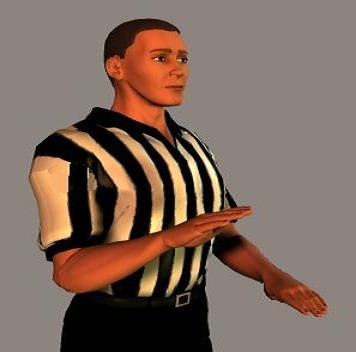How to Signal Double Dribble in Basketball

Basketball is one of the most popular sports in America, though the popularity of the sport is spreading across the world. The fast pace of the game and the level of skills exhibited by the players delivers a heavy dose of thrill, making every second of the game worth watching.
Like any other sport, there are certain actions that are considered foul, resulting in a small penalty for the person or team committing them. One such foul in basketball is double dribbling. When a player commits this foul, the referee signals for the play to be stopped and then makes the appropriate call for the foul.
Instructions
-
1
Double dribbling is a common dribbling violation that is not a personal foul. This particular foul is committed when a player is dribbling the ball, makes contacts and rests both hands on the ball at the same time and then begins to dribble again. Stopping the dribbling and then resuming it even though the player from the opposite team has not made any contact with the ball, or the ball has not been released and caught after rebounding off the board or the basket is what makes the double dribbling foul occur in a game of basketball.
-
2
As soon as the referee sees a play violate the game rules by resuming the dribbling after stopping it, he immediately comes into action by signalling for the clock to be stopped. To do this, he blows a whistle and puts up his right hand in the air, clearly asking for the game and clock to be stopped. The motion and gesture of his hand is the same as the one used by a traffic policeman who signals for the traffic coming from one direction to stop. The arm is extended forward at a degree of 45 degrees, with the palm of the hand facing away from the referee.
-
3
The referee then makes the call for double dribbling by making the appropriate signal with his hand. He moves the hands up and down, imitating the dribbling motion. The motion also resembles the paddling motion, though in this case, it is the hands that are moving up and down instead of the feet. While moving the hands up and down, the referee should ensure that the palms of his hands are facing the sky. Another thing to make sure is that the palms are not parallel to each other.
-
4
The referee completes the double dribbling call by pointing to the opposite way.







